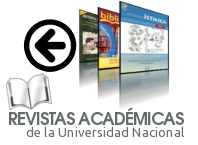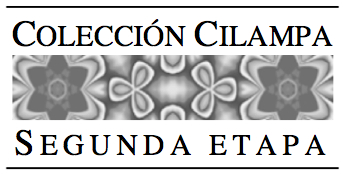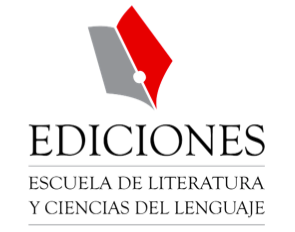The Uncanny in the Themes of Evil, Transgression and the Double in Nathaniel Hawthorne's "Rappaccini's Daughter"
DOI:
https://doi.org/10.15359/rl.2-40.2Keywords:
Hawthorne, siniestro, doble, psicoanálisis, literatura estadounidense, uncanny, double, psychoanalysis, U.S. literatureAbstract
El propósito de este artículo consiste en explorar los mecanismos y representaciones de lo siniestro en "La hija de Rappacci" de Nathaniel Hawthome como expresión del mal dentro de los límites del género gótico del siglo XIX; como expresión del tema del doble en tres personajes humanos y en uno no humano que aparecen en el cuento; y como expresión de trasgresión en el personaje principal, Giovanni Guasconte. El concepto de lo siniestro que se usará será el de la teoría psicoanalítica, siguiendo especialmente los aportes de Sigmund Freud y Jacques Lacan.The purpose of this artide is to explore the mechanisms and representations of the uncanny in Nathaniel Hawthome's "Rappaccini's Daughter" as an expression of evil within nineteenth century Gothic boundaries; as an expression of the theme of the double in three human characters and in one non-human component of Rappaccini's garden; and as an expression of transgression in Giovanni Guasconte, the main character. The concept of the uncanny to be used will be that of psychoanalytic theory, especially reliant on the contributions on the topic by Sigmund Freud and Jacques Lacan.
Downloads
Published
How to Cite
Issue
Section
License
Principios básicos:
a) Los autores conservarán los derechos de propiedad intelectual de sus aportes o artículos;
b) Cada autor deberá indicar expresamente que ese artículo lo entrega, en calidad de exclusividad, a la revista LETRAS; y
c) La revista Letras se reservará el derecho de autorizar para fines académicos no lucrativos la reproducción y uso de ese material por parte de terceros, siempre que éstos indiquen expresamente la procedencia del artículo. Todo ello se postula en concordancia con la normativa de "Creative Commons Atribution License", recomendada.

This work is licensed under a Creative Commons Attribution-NonCommercial-NoDerivs 3.0 Costa Rica License.















